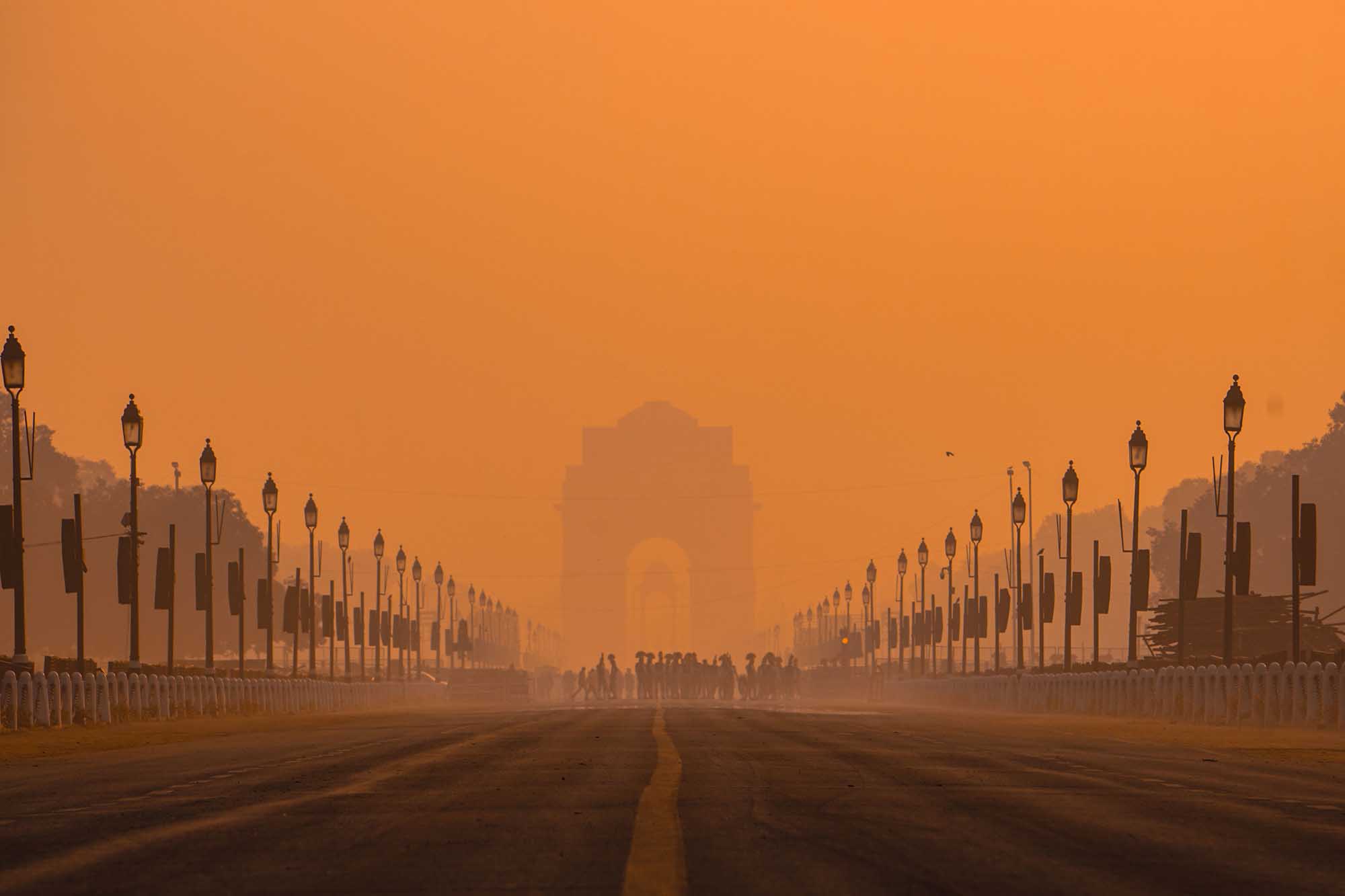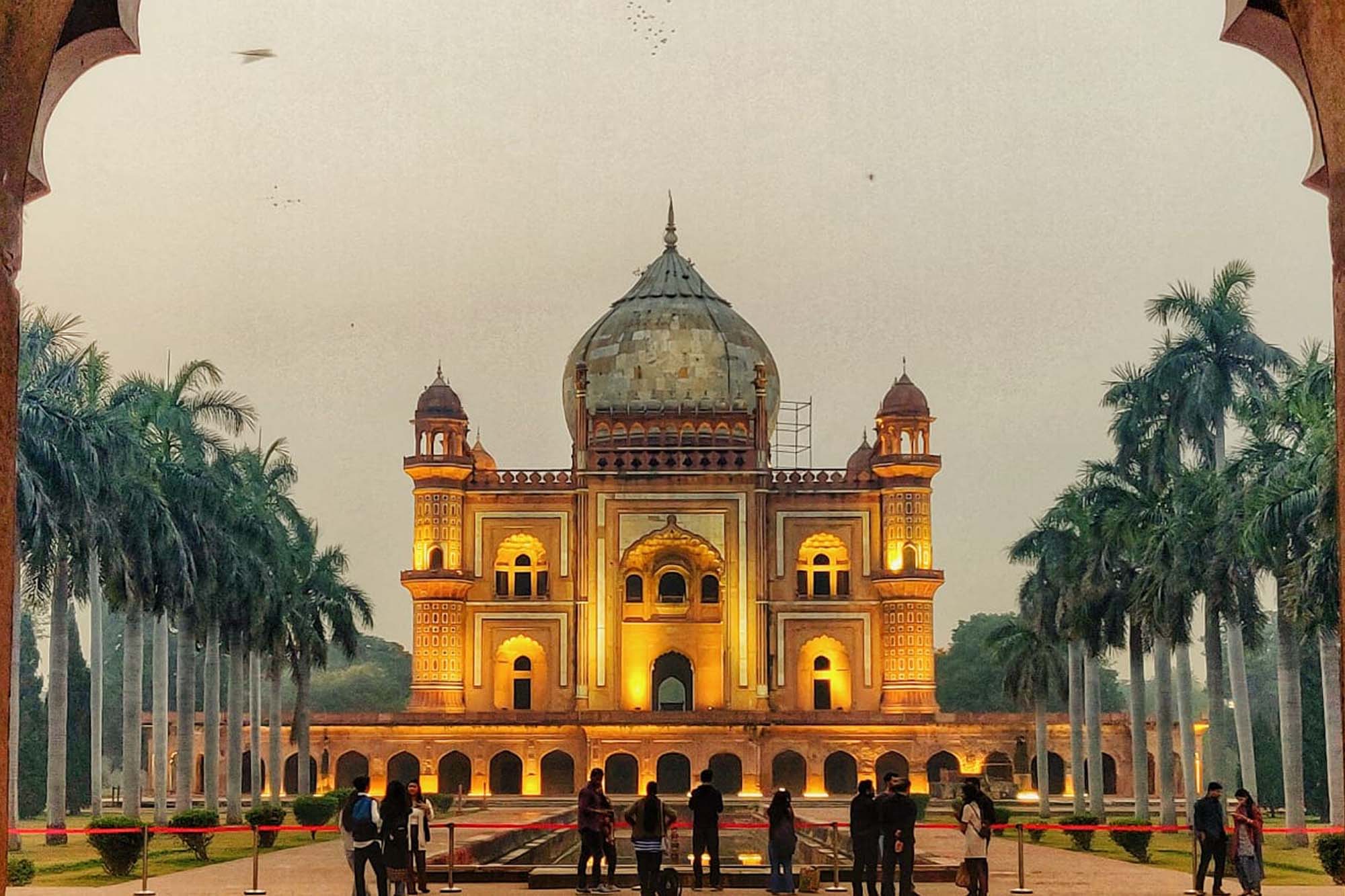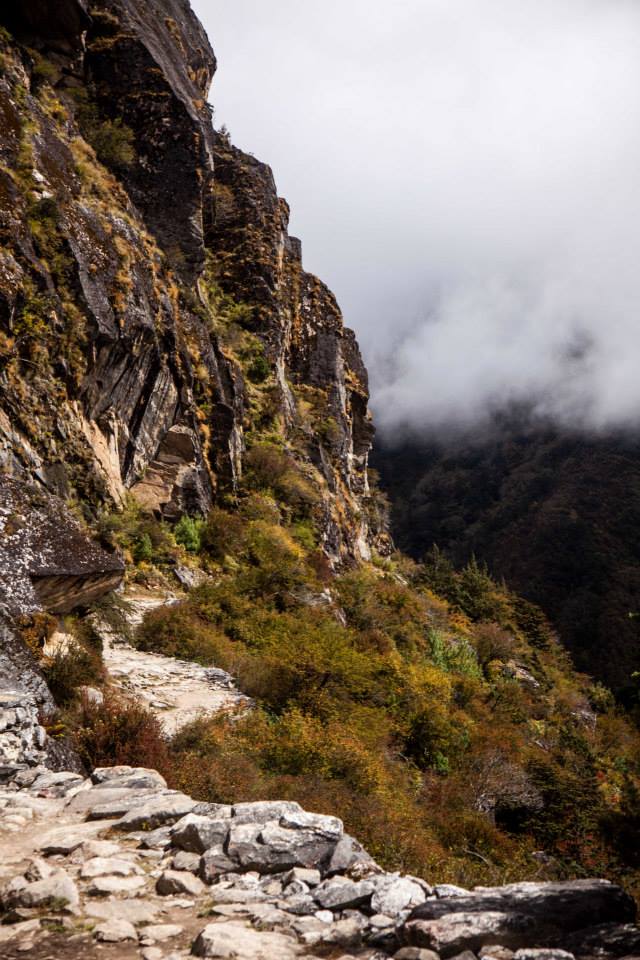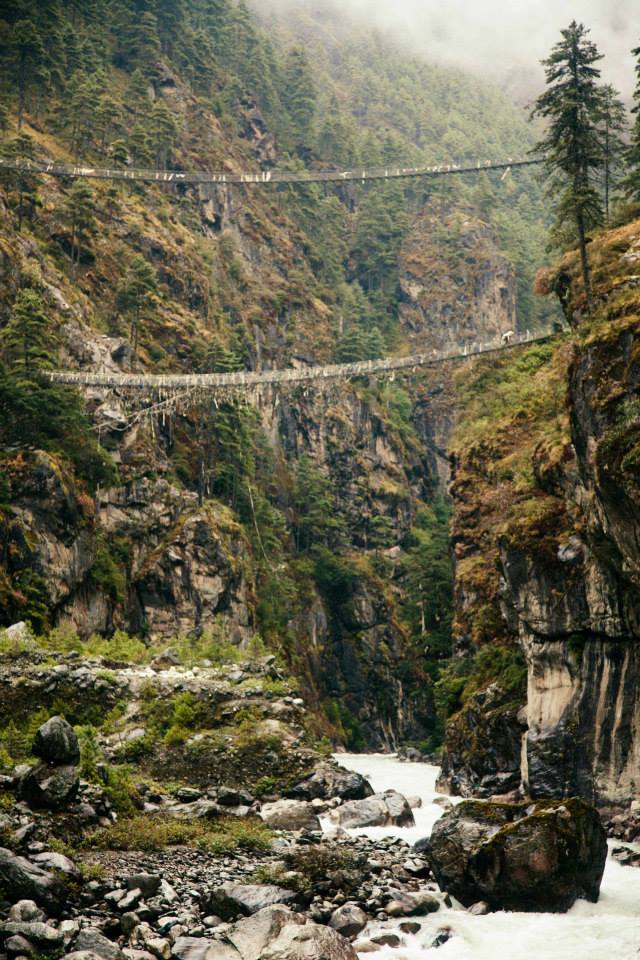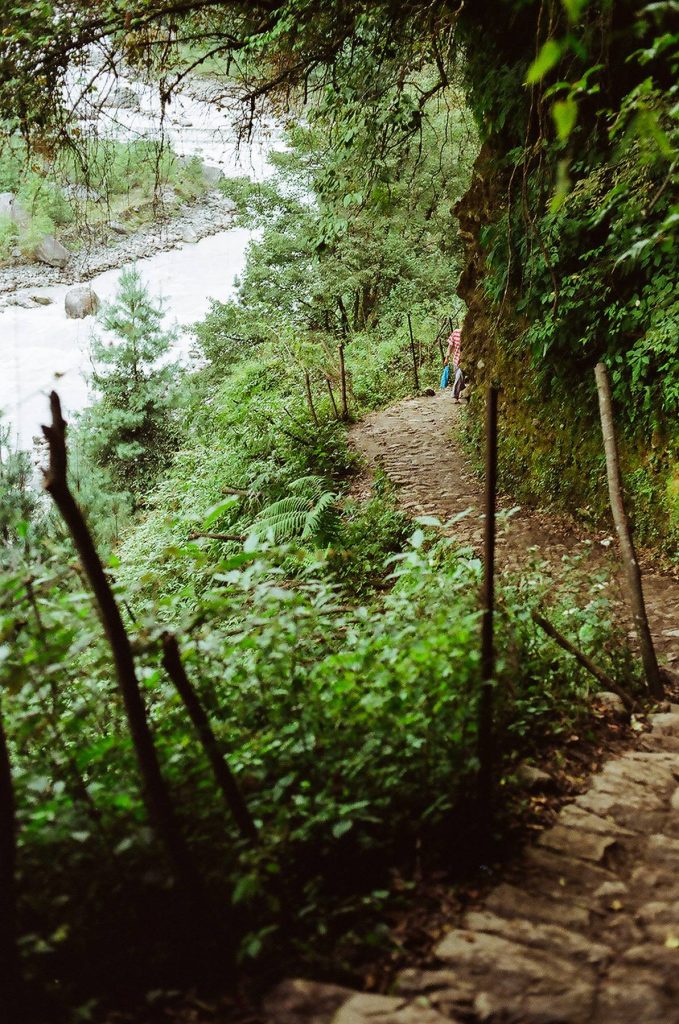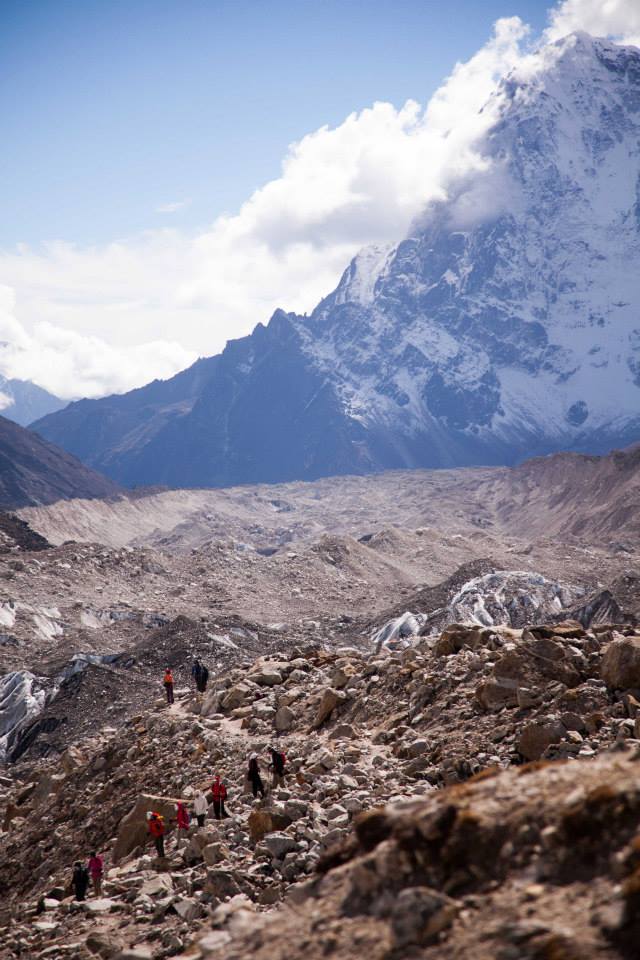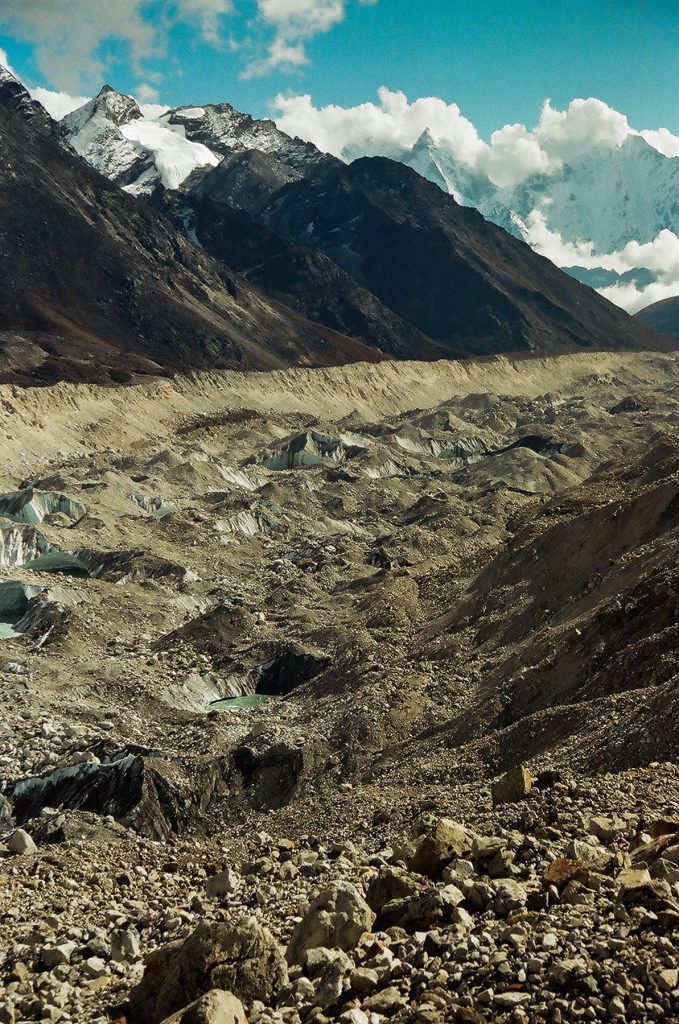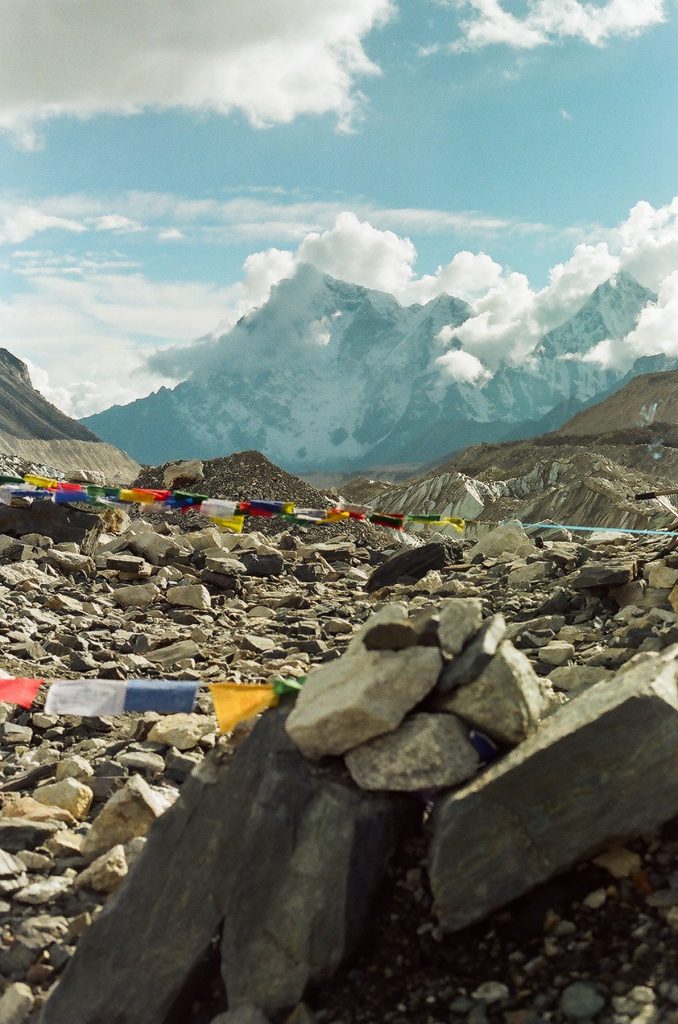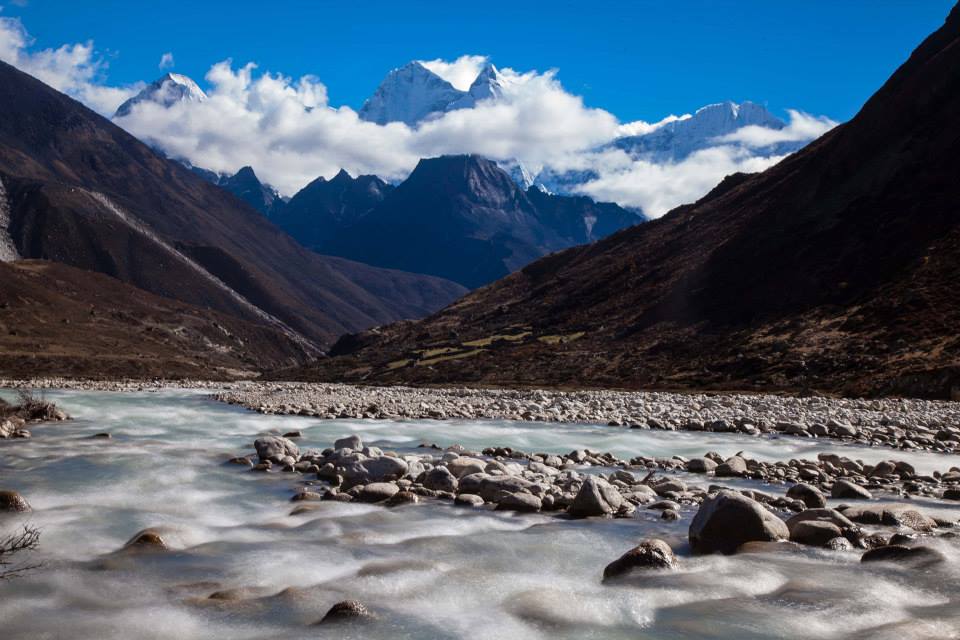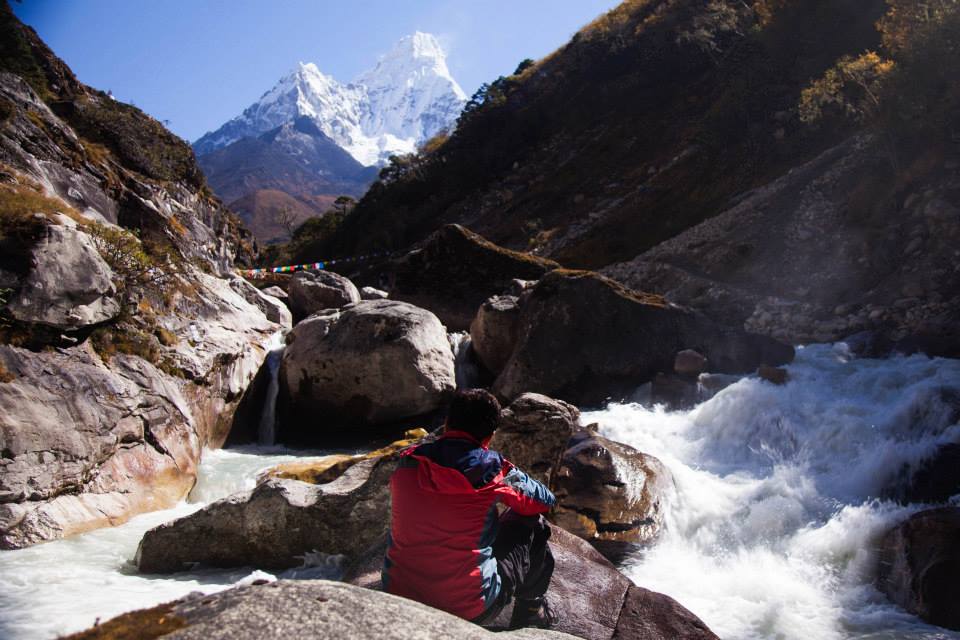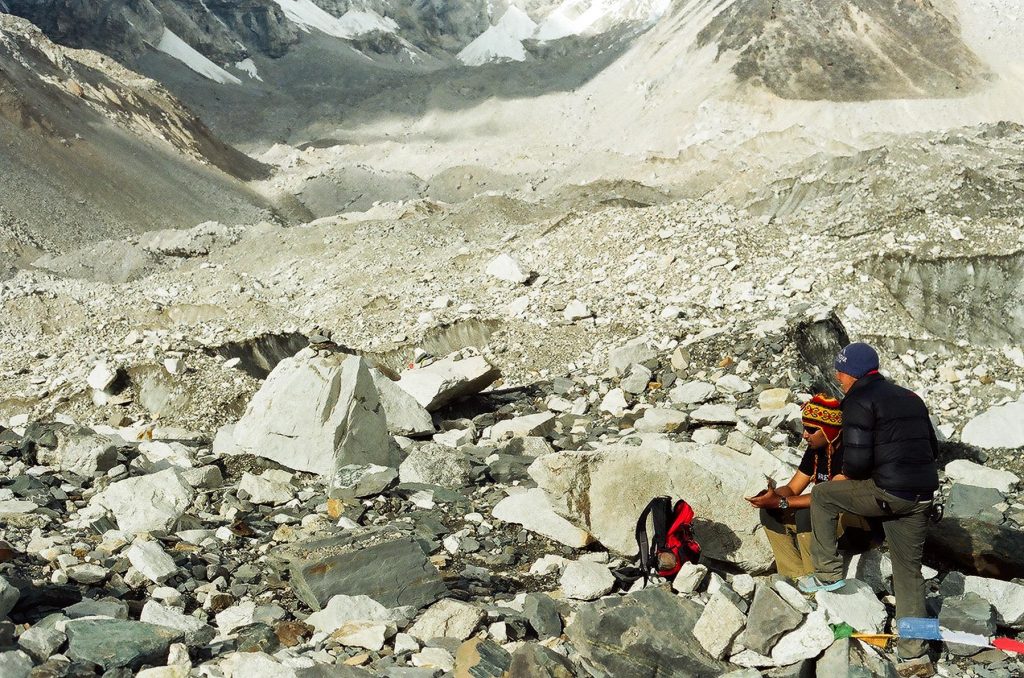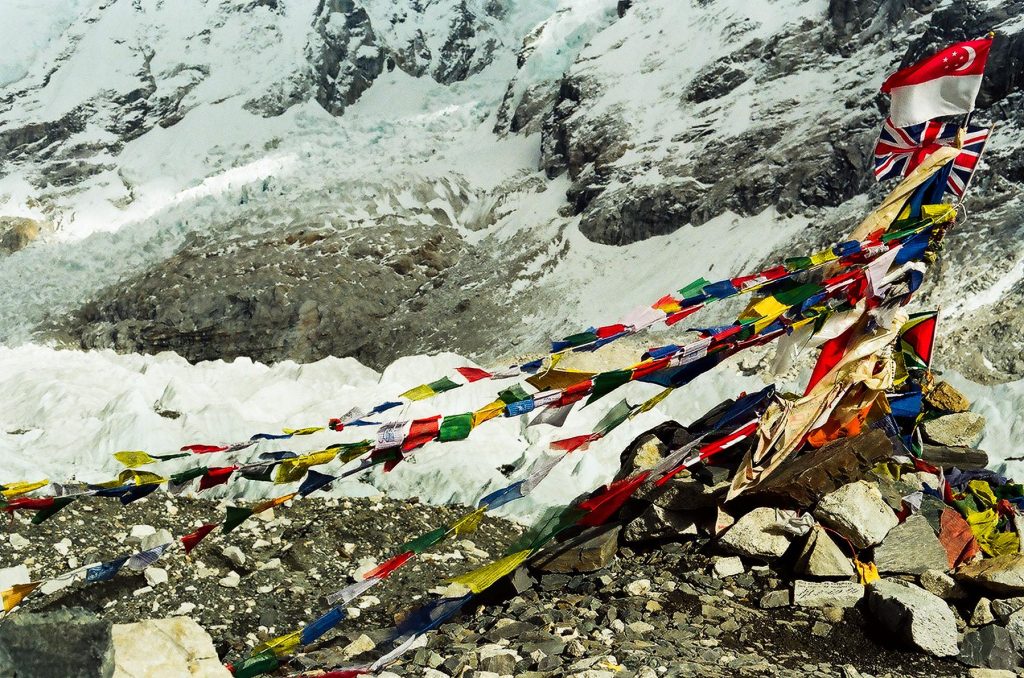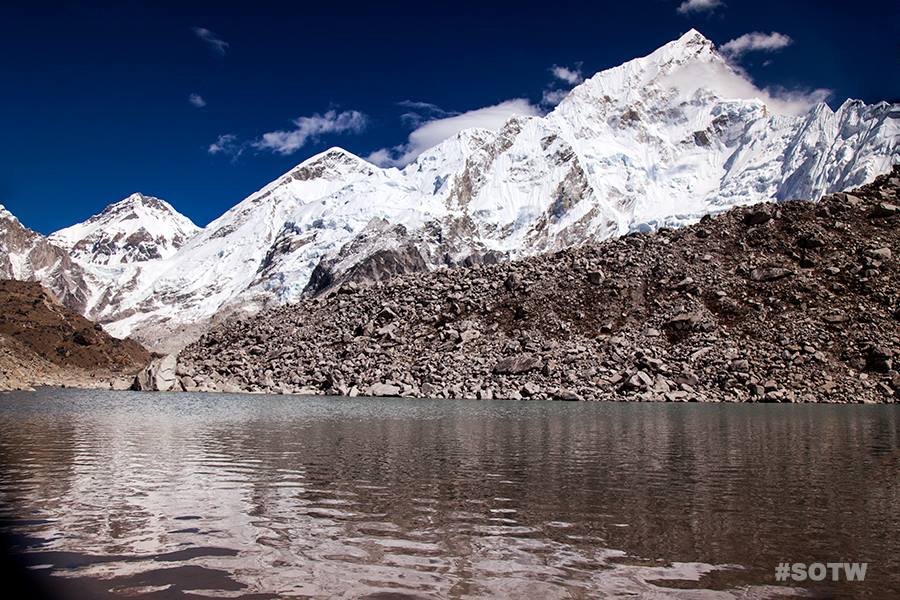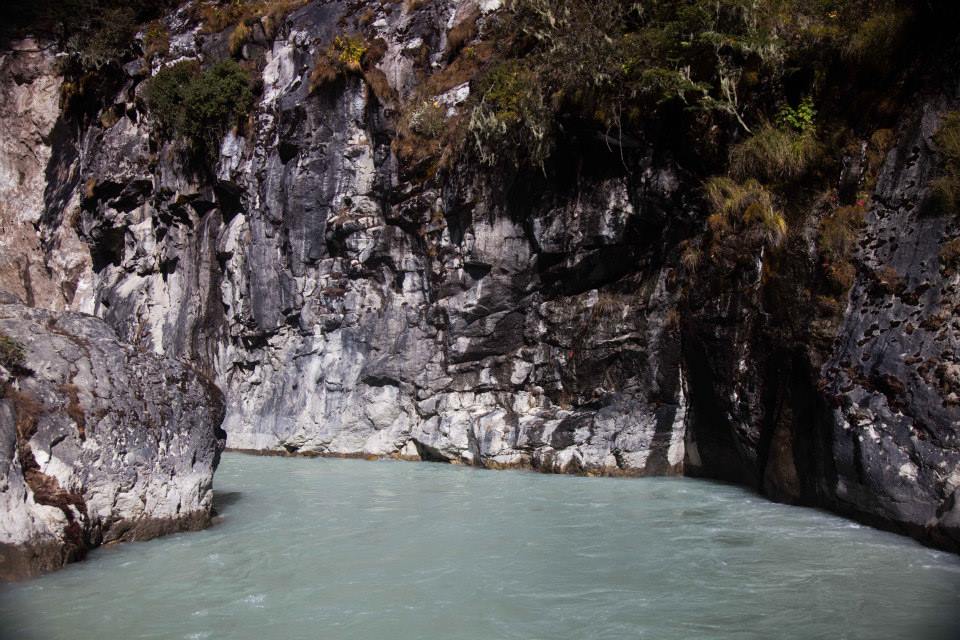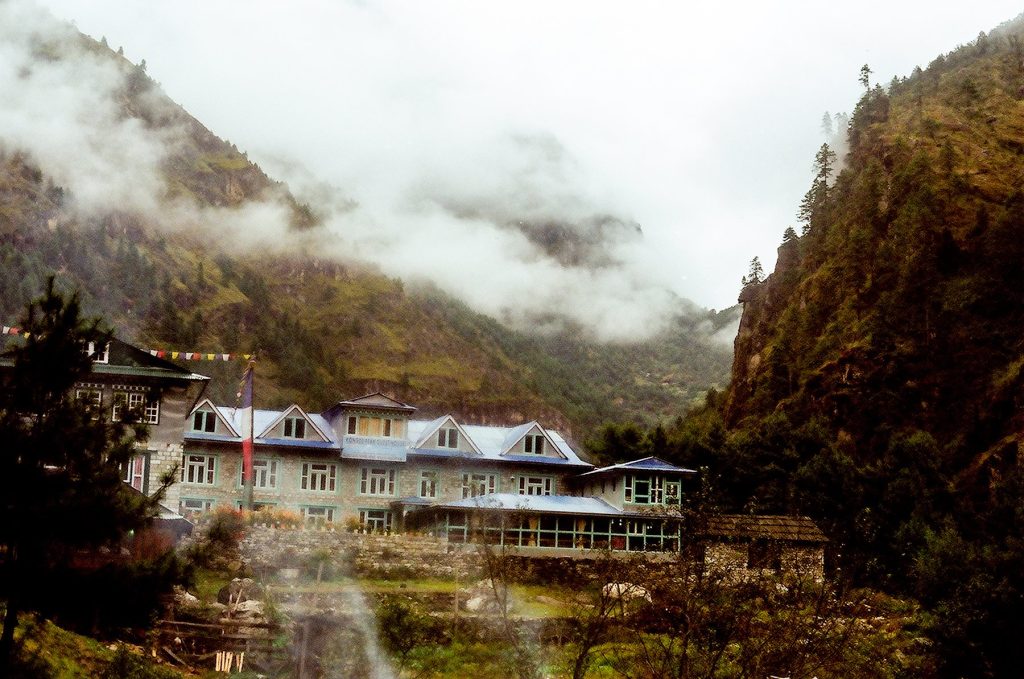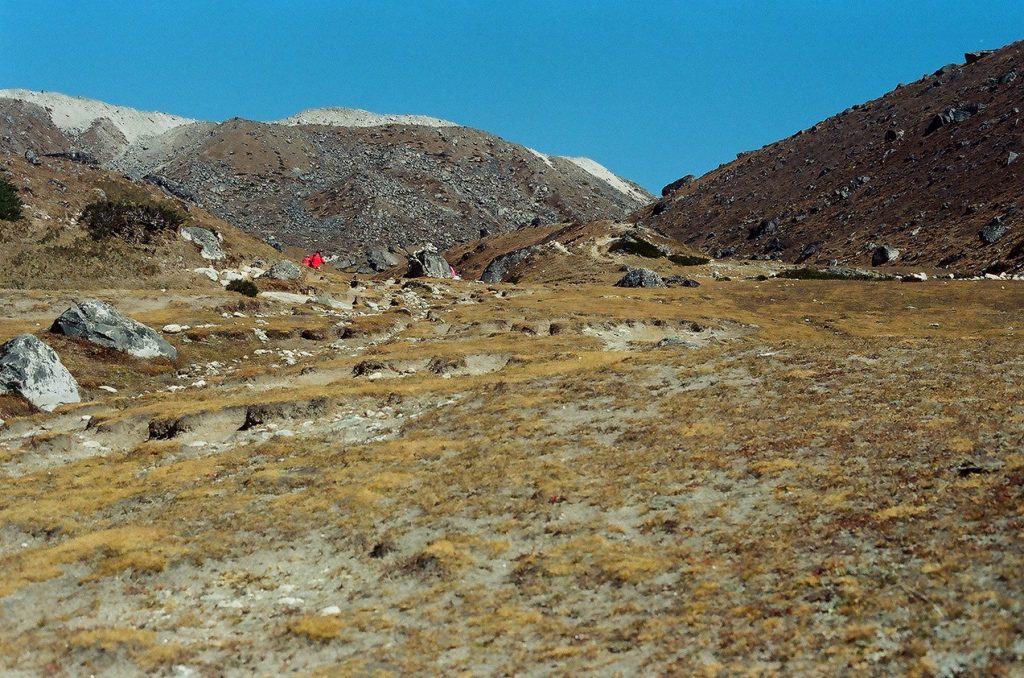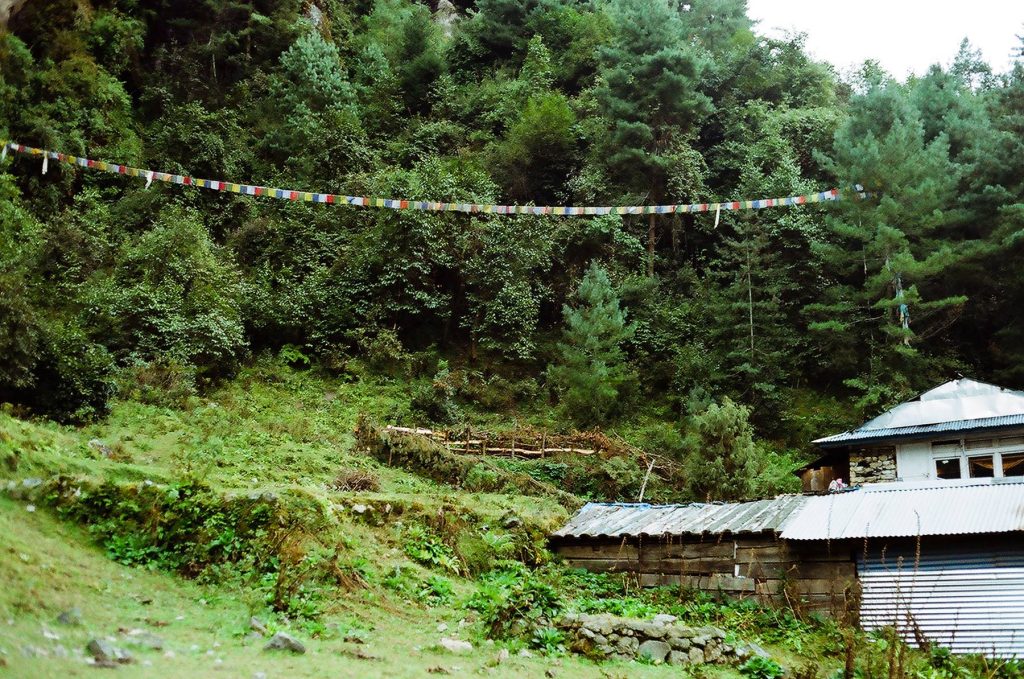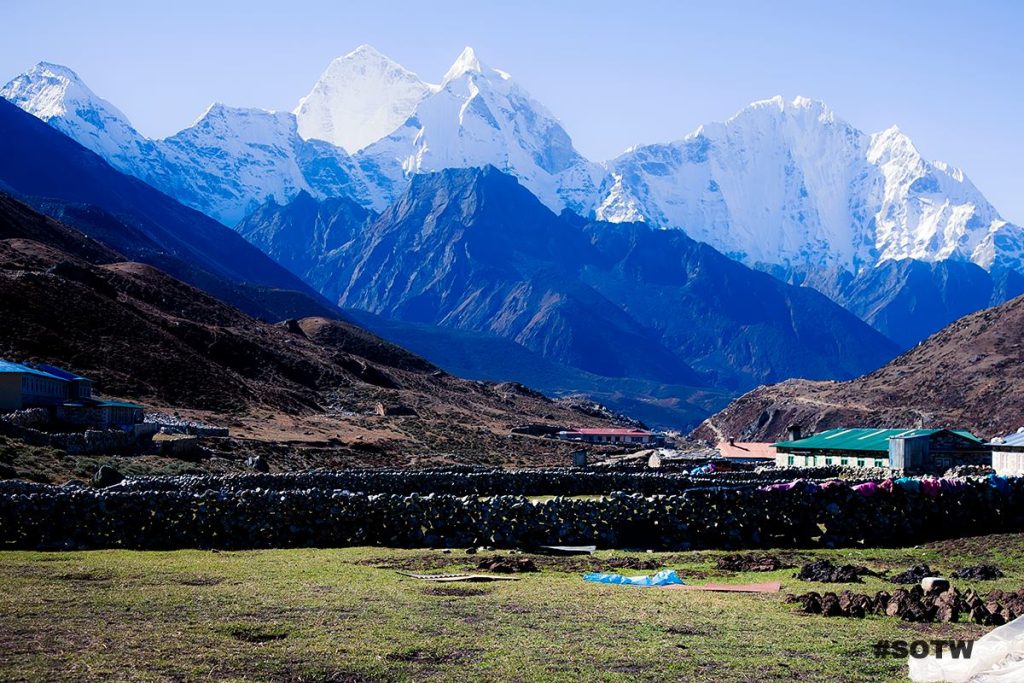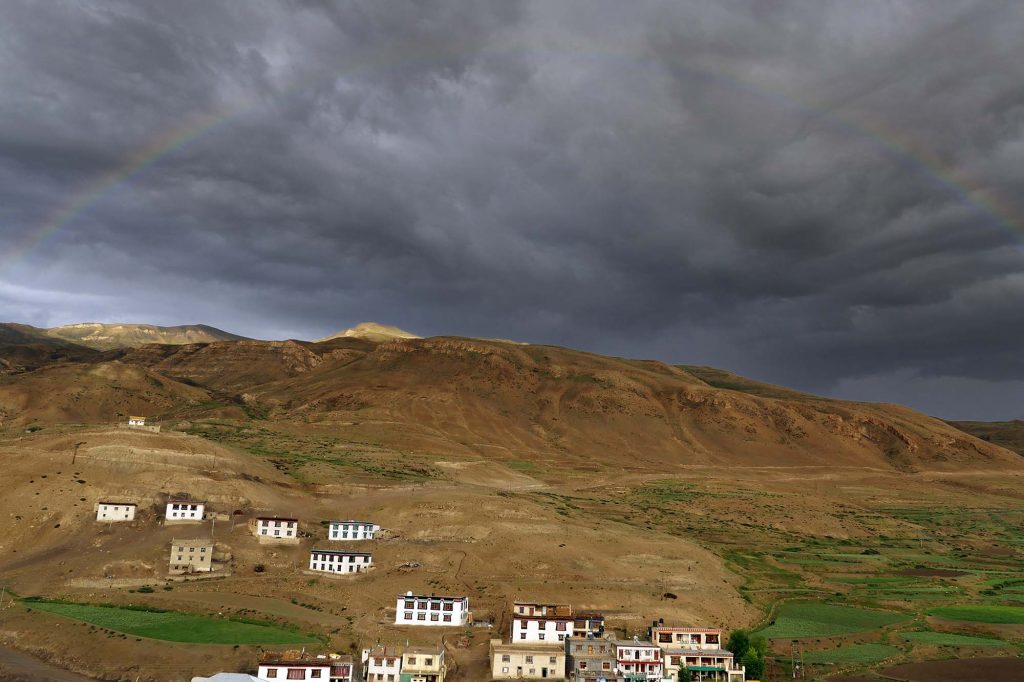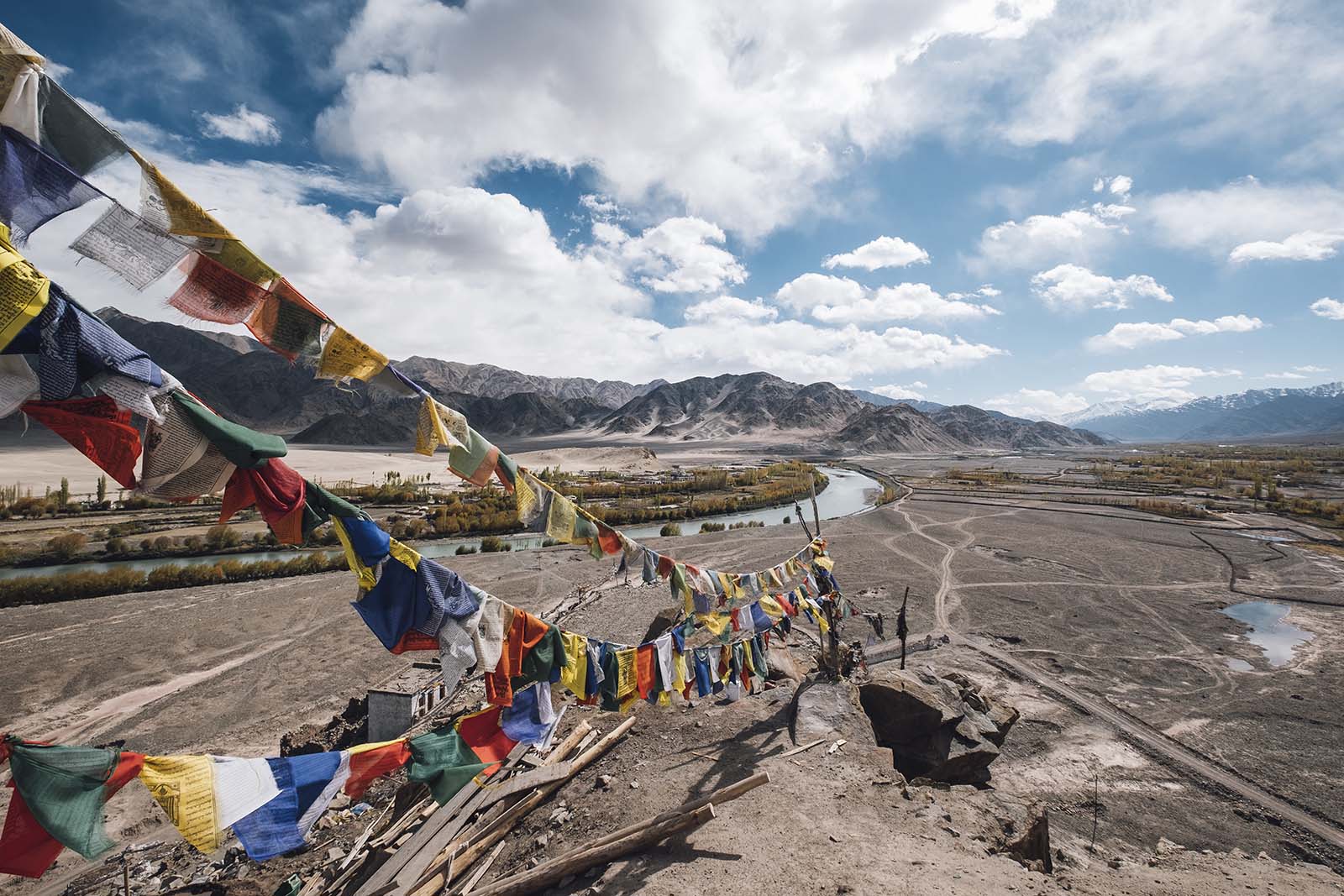Trekking to Everest Base Camp: A Journey of a Lifetime
that ugly lad
- January 27, 2023
- 8 Min Read
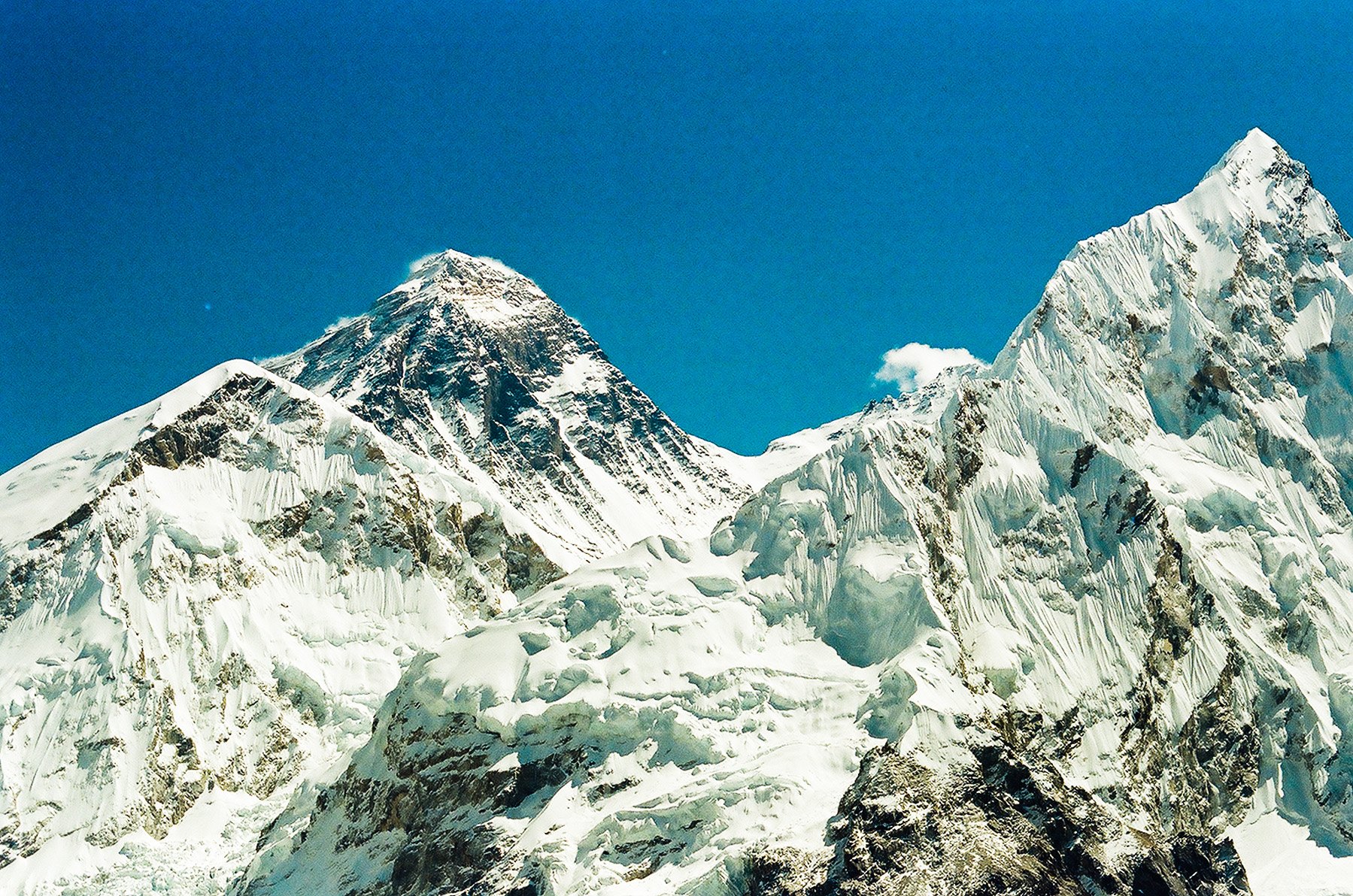
Located in the Himalayas, Mount Everest is the highest peak in the world, standing at 29,029 feet. For many adventure seekers, trekking to the base camp of this majestic mountain is a dream come true. The journey to the base camp is not only physically challenging, but it is also a test of mental strength and determination.
The trek to Everest Base Camp typically takes 12-16 days, depending on the route and the pace of the trekker. The most popular route is the South Base Camp, which starts in Lukla and takes trekkers through the beautiful Solukhumbu region of Nepal. Along the way, trekkers will pass through picturesque villages, lush forests, and high-altitude passes, offering breathtaking views of the Himalayas.
When to trek to Everest Base Camp?
The best time to trek to Everest Base Camp depends on personal preference and the type of experience you are looking for. The trek can be done year-round, but the weather and trail conditions vary greatly depending on the season.
Spring (March-May) and Autumn (September-November) are considered the best seasons for trekking to Everest Base Camp. The weather is mild, and the skies are clear, providing the best views of the mountain. The trails are also less crowded during these seasons. The rhododendron flowers in spring and clear skies in autumn are added bonus.
The summer months of June, July, and August are the monsoon season in Nepal, and the trails can be muddy and slippery. The skies are also often cloudy, making it difficult to see the mountain.
Winter (December-February) can also be a good time to trek, but the trail can be icy and snowy, making it more difficult and dangerous. The temperatures can also be very cold, and it can be difficult to find accommodations. However, the trail is less crowded, and the views of the mountain can be spectacular.
In summary, the best time to trek to Everest Base Camp is in Spring and Autumn. These seasons offer the best weather, trail conditions, and views of the mountain, but trekking can be done year-round with proper planning and preparation.
Here's an itinerary for a 12-day trek to Everest Base Camp:
Day 1: Arrive in Kathmandu and transfer to hotel.
Day 2: Fly from Kathmandu to Lukla (2840m) and trek to Phakding (2610m).
Day 3: Trek from Phakding to Namche Bazaar (3440m).
Day 4: Rest day in Namche Bazaar for acclimatization.
Day 5: Trek from Namche Bazaar to Tengboche (3860m).
Day 6: Trek from Tengboche to Dingboche (4360m).
Day 7: Rest day in Dingboche for acclimatization.
Day 8: Trek from Dingboche to Lobuche (4910m).
Day 9: Trek from Lobuche to Gorak Shep (5140m) and visit the Everest Base Camp (5364m).
Day 10: Hike to Kalapatthar (5545m) for sunrise and back to Gorak Shep.
Day 11: Trek from Gorak Shep to Pheriche (4240m).
Day 12: Trek from Pheriche to Namche Bazaar and fly back to Kathmandu.
It’s important to note that the itinerary is flexible and can be adjusted based on the physical condition of the trekkers. It’s also important to keep in mind that the trek to Everest Base Camp is a high-altitude trek, and proper acclimatization is crucial to avoid altitude sickness.
Spring (March-May) and Autumn (September-November) are considered the best seasons for trekking to Everest Base Camp. The weather is mild, and the skies are clear, providing the best views of the mountain. The trails are also less crowded during these seasons. The rhododendron flowers in spring and clear skies in autumn are added bonus.
The summer months of June, July, and August are the monsoon season in Nepal, and the trails can be muddy and slippery. The skies are also often cloudy, making it difficult to see the mountain.
Winter (December-February) can also be a good time to trek, but the trail can be icy and snowy, making it more difficult and dangerous. The temperatures can also be very cold, and it can be difficult to find accommodations. However, the trail is less crowded, and the views of the mountain can be spectacular.
In summary, the best time to trek to Everest Base Camp is in Spring and Autumn. These seasons offer the best weather, trail conditions, and views of the mountain, but trekking can be done year-round with proper planning and preparation.
Lukla Airport


Lukla Airport, also known as Tenzing-Hillary Airport, is a small airport located in the town of Lukla in the Solukhumbu district of Nepal. It is the starting point for the popular Everest Base Camp trek, as well as other trekking and climbing routes in the Everest region.
The airport is considered one of the most dangerous airports in the world due to its small size, high elevation (2840m), and the steep approach and landing on a short runway. The runway is only 527m long and has a 12% gradient, making it challenging for pilots to land and take off. Due to the airport’s location in the mountains, flights are often delayed or cancelled due to poor weather conditions.
Despite the risks, Lukla Airport is a vital lifeline for the people of the Everest region, as it is the only means of transportation for goods and people. The airport also plays an important role in the local economy, as trekking and climbing are major sources of income for the people of Solukhumbu.
It’s important to note that safety measures are in place and the airport is regularly maintained, however, travelers should be prepared for possible delays or cancellations due to weather and other factors.
One of the most challenging aspects of the trek is the altitude. As trekkers gain elevation, the air becomes thinner, making it harder to breathe. This can cause symptoms such as headaches, fatigue, and nausea. To combat these symptoms, it is important to acclimatize properly and to pace yourself. It is also essential to stay hydrated and to get enough rest.
The trek to Everest Base Camp is not just about reaching the destination, it’s also about the journey. Along the way, trekkers will encounter friendly Sherpa people and experience their unique culture and hospitality. Trekkers will also have the opportunity to visit ancient monasteries and temples, and learn about the history and culture of the region.
The final destination, the base camp, offers a once-in-a-lifetime opportunity to see the mountain up close and to experience the awe-inspiring beauty of the Himalayas. However, it’s important to remember that the base camp is not the summit of the mountain and climbing to the top of Mount Everest is a task only for the most experienced and well-equipped climbers.
Trekking to Everest Base Camp is a challenging and rewarding experience that requires proper preparation and planning. It’s important to have a good level of physical fitness and to be mentally prepared for the challenges that come with high altitude trekking. But for those who are willing to put in the effort, the journey to the base camp of Mount Everest is a truly unforgettable experience.
In conclusion, the trek to Everest Base camp is a journey of a lifetime, full of challenges and rewards. The stunning views, the culture, the people, and the sense of accomplishment make it an unforgettable experience. With proper planning and preparation, anyone can embark on this trek and be rewarded with the experience of a lifetime.


